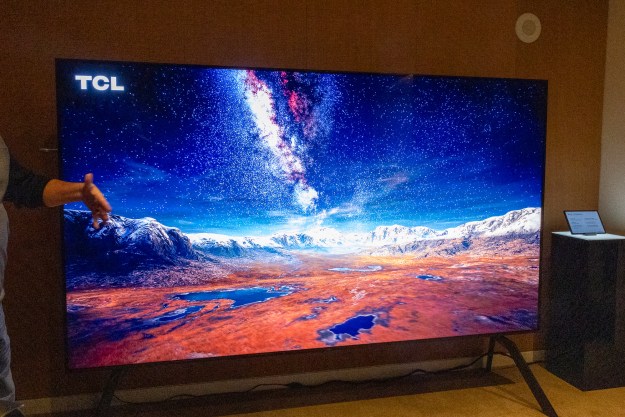
Canadian cable giant Rogers announced today a new plan to get the jump on rivals at home and across the globe with what the company is calling the “world’s largest commitment to live sports broadcasting in 4K with HDR.” And while
The rollout, which is set to include 100 live sporting events in 4K UHD, including “every 2016 Toronto Blue Jays home game and over 20 marquee NHL Games,” will be riding along with a new
Rogers’ 4K UHD broadcasting is slated to land in April 2016, in time for the Blue Jays opening home game.
In total, the company promises to provide 500 hours of live sports, movies, and TV shows in 4K UHD in the new year. Along with the live baseball and hockey broadcasts, the breakdown will include 100 hours of
In an effort to ensure all of those Netflix titles make it to Canadian TV sets with the highest picture quality possible, Rogers has also struck a new partnership with the service to link directly to Netflix servers.
“Our partnership with Rogers will make it even easier for Netflix members to watch their favorite shows and films on their TVs,” said Bill Holmes, global head of business development at Netflix, according to the Rogers release. “Members with a Rogers 4K set top box will be able to enjoy Netflix original series in
Today’s move marks a serious commitment to the rising 4K UHD format for Rogers as the company looks to plow past stateside offerings from DirecTV and Comcast, both of which have been talking the
Live sports broadcasting in particular lends itself to the higher resolution, color reproduction, and contrast provided by 4K UHD with HDR. A coveted piece of the
No pricing has been announced for Rogers’ 4K UHD TV service , or the
Editors' Recommendations
- What we want to see from the next Apple TV 4K
- Samsung’s new 98-inch DU9000 4K TV is just $4,000. Can it beat TCL and Hisense?
- Vizio’s first 86-inch 4K TV is coming soon, for $999
- Belkin drops a $50 mount for iPhone video calls on Apple TV 4K
- If you don’t see CBS in 4K on YouTube TV, try this


